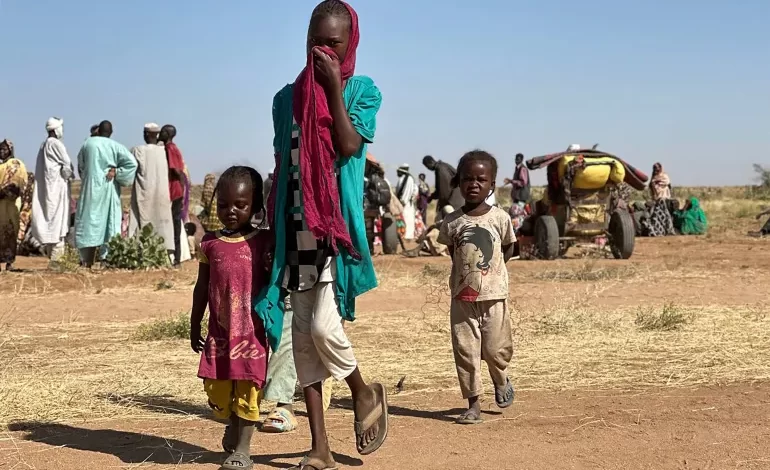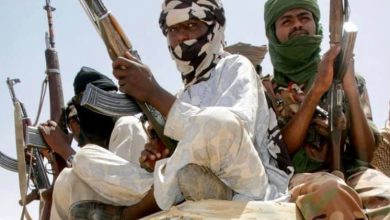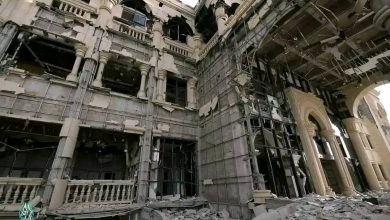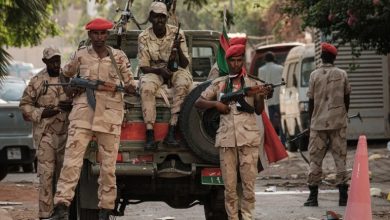New Government Approaches to Humanitarian Aid in Sudan

As the war in Sudan enters its third year, its impact continues to spread across the vast reaches of the country. The consequences are particularly evident in areas already plagued by ongoing crises in health and food, while the number of displaced people and those fleeing violence increases with each new outbreak of fighting.
This tragic reality has created significant gaps in humanitarian support. As the situation on the ground grows more complex, the Sudanese government and humanitarian organizations are seeking urgent solutions to an increasingly dire scenario.
In a press conference held Tuesday in Port Sudan, the government stated that its strategic vision is to provide support to all people without religious, political, regional, or ethnic discrimination. It explained that this is being implemented by opening crossings, corridors, and airports to allow the delivery of humanitarian aid, including those outside of its control—such as the Adre crossing, whose opening has recently been extended for another three months.
Mass Displacement
Lieutenant General Al-Sadiq Ismail, Advisor to the Sovereign Council on Humanitarian Affairs and Organizations, declared that the most critically affected areas are North Darfur and South Kordofan, where people are in urgent need of medicine and food. He urged humanitarian organizations to deliver aid to these regions following the government’s efforts to open access routes.
He affirmed that the government has established a consultative body under the Sovereign Council and created a National Emergency Committee to support the Humanitarian Aid Commission in facilitating the delivery of aid throughout Sudan.
For her part, Sudan’s Humanitarian Aid Commissioner, Salwa Adam Benya, announced that a total of 1,300,645 people have fled conflict zones recently. She noted that approximately 515,000 displaced people have fled from Zamzam camp to El Fasher, while more than 48,600 fled from Abu Shouk camp to Tawila. Some residents of Tawila have also fled to the Tina area in Chad.
She confirmed that West Kordofan State has witnessed a wave of displacement, with more than 200,000 people fleeing from the city of En Nahud alone. Of these, 75,000 went to Wad Al Hilo, and 18,750 fled to Abu Marika. From Al-Khoy to Al-Judi, over 70,000 were displaced.
In North Kordofan State, 90,000 people fled from Kazgeel to El Obeid, 53,000 from Bara, and 35,000 from Um Sumayma to El Obeid. Meanwhile, about 110,000 were displaced from the Al-Jamouiya area southwest of Omdurman, and around 6,200 from Khor Al-Dileib.
New Guidelines
The Sudanese government has issued new directives for organizations operating in the country, emphasizing that the support provided must go beyond food aid to include essential services.
Adam Benya stated that the needs of returning citizens differ from those of the displaced, calling for aid to be transformed into projects such as access to drinking water and healthcare services. She expressed astonishment that humanitarian aid had not reached the people of Zamzam, who are living in the open, asking, “Why hasn’t the aid reached El Fasher?”
According to her, Sudan’s government has opened 12 crossings, but only 4 are currently being utilized. In Darfur, the Adre and Tina crossings have been used, and in northern Sudan, the Argeen and Ashkeet crossings.
The commissioner complained of cases where aid trucks and drivers were replaced after obtaining government-issued transit permits, hindering the smooth flow of aid. She noted that new regulations are being developed to streamline organizational operations in the coming period.
She added that the protection of humanitarian workers is the responsibility of the state, and she called on organizations to adhere to the data provided by the commission regarding trucks and drivers, and to avoid changing them after convoys depart, as the journey can take several days, which sometimes compels organizations to swap vehicles. She confirmed that “there are no issues accessing areas under the control of the Sudanese army.”
Restrictions
The commissioner called for aid to be delivered to the most needy areas, saying, “No trucks have been intercepted between Chad and Al-Fula in West Kordofan—so why are the people of El Fasher being deprived?” She added, “If any party obstructs the aid, it should be clearly identified.” She stated that the government has sufficient food aid in stock and urged organizations to transport it to El Fasher and Dilling in South Kordofan.
Meanwhile, Clementine Nkweta-Salami, the UN Humanitarian Coordinator for Sudan, welcomed the Sudanese government’s decision to extend the opening of the Adre crossing, describing it as a vital lifeline for aid delivery.
She added, “We recently sent a very small mission to Talodi, and even before attending this meeting, the UN agencies—our implementing partners—were discussing the best ways to meet the needs of those who have fled the fighting.” She noted that the situation in Sudan is unstable and that developments on the ground require ongoing discussions to find effective ways to deliver aid to the most affected regions.
Salami emphasized, “One of the main constraints we face today is the lack of resources,” and she pledged to continue highlighting the challenges facing the Sudanese people, urging the international community not to forget Sudan in its time of need.



